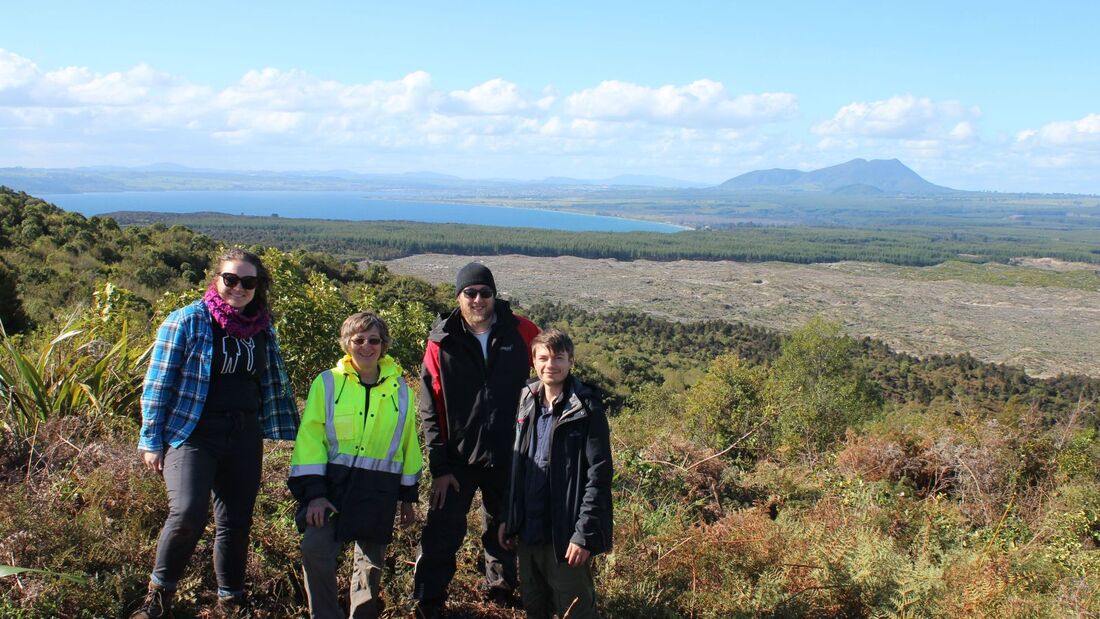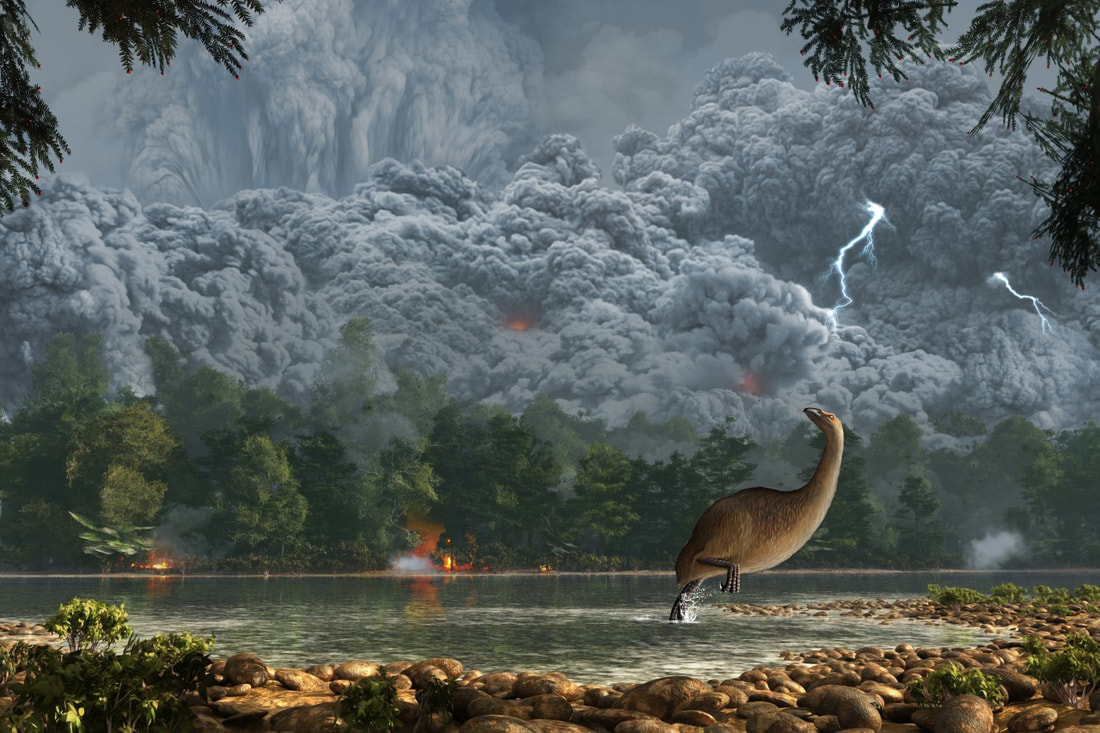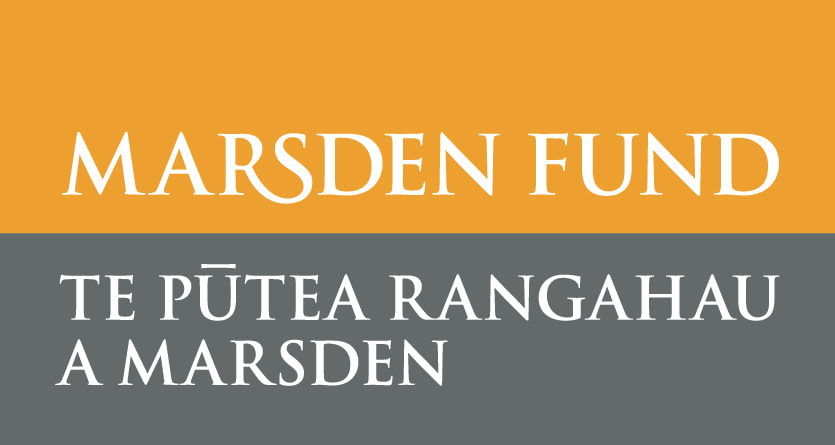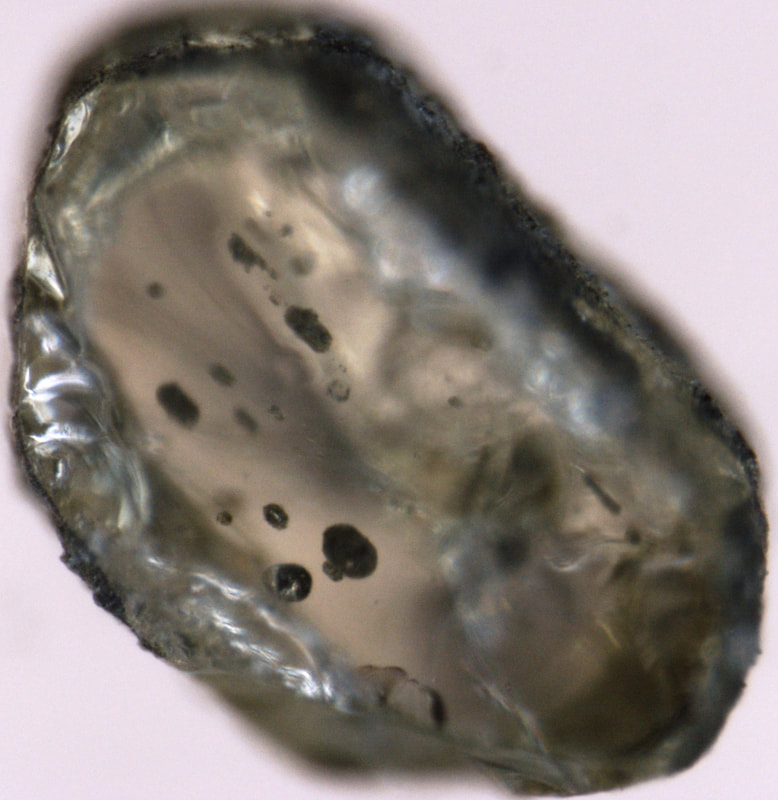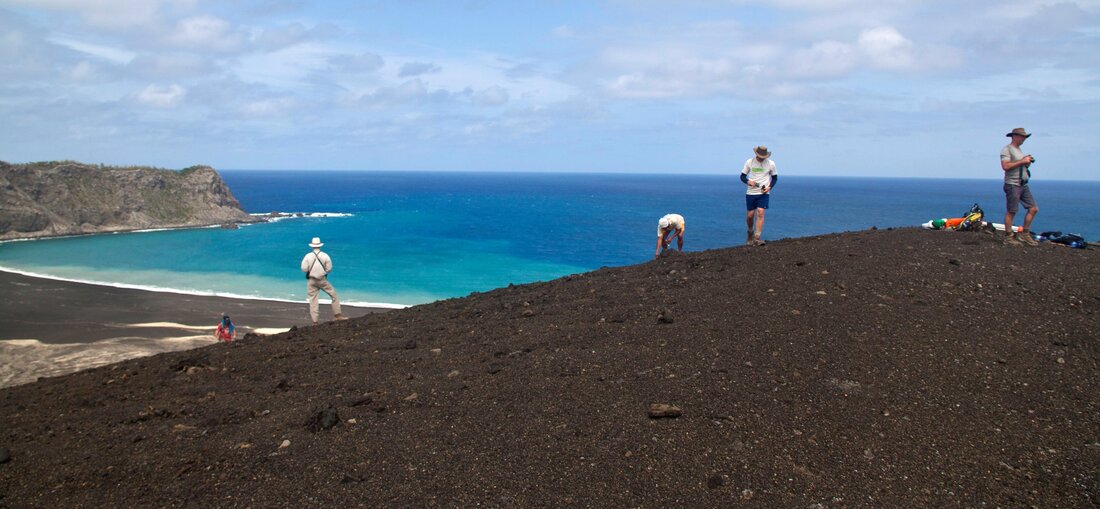Most of my research is focused around volcanoes; their manifestation, evolution, eruptive processes and products. From the largest supervolcanoes on land to domes in the deep ocean, I am fascinated by the unique origin, structure, and behavior of volcanoes all over the world. Below you will find a description of some of my broad research interests and some examples of new and ongoing projects.
|
Research Interests:
|
|
Current and ongoing projects:
|
ECLIPSE (MBIE-funded research)
New Zealand’s central North Island hosts a huge supervolcano system, the most active of its kind on Earth. This system becomes restive every few decades and erupts every few hundred years on average, sometimes in tiny events, and sometimes devastating much of the country. This system will reactivate in the future, to unrest or eruption, yet our understanding of what occurs in these events does not allow us to respond appropriately and there is the possibility of major panic. The ECLIPSE Programme aims to reduce the uncertainty around future TVZ supervolcano unrest episodes and eruptions with this MBIE funded Endeavour Research Programme. It brings together many New Zealand and overseas experts partnering with local iwi, government agencies and non-government organisations. See more info www.supervolcanoes.nz Media links: Stuff Article June 2021 Key publication Link Climatic and Environmental Impacts of Supereruptions (Marsden fund) The largest explosive volcanic eruptions that occurred during the 20th century were one hundred times smaller than the biggest eruptions preserved in the geological record; events termed "supereruptions". By simply extrapolating the measured impacts of historic volcanic eruptions, it has been proposed that volcanic supereruptions may have caused major shifts in global climate and devastated regional environments. However, the severity and duration of these volcanic impacts remains speculative and unquantified. This project assesses the impacts of the largest magnitude explosive volcanic events through detailed case studies of three New Zealand supereruptions that have occurred over the past 1 million years, during both glacial and interglacial periods. Products of these supereruptions are preserved in multiple high-resolution archives including ice cores, marine cores and terrestrial records. These records contain information about the eruption and the climatic and environmental conditions leading up to and following these events. Importantly, these records and can be interrogated to determine the impacts of supereruptions at increasing geographical scales from regional to global context and across a range of climate scenarios. See more info: NZ-VICE (website coming soon) Media links: NZ Herald Article Nov 2021 Melt inclusions as a window through the TVZ crust (Marsden Fast start) The Taupo Volcanic Zone (TVZ) is globally unique in the intensity of its magmatic–volcanic–geothermal flux. However, the geological cause(s) of this are not yet understood, as primary mantle-derived melts (basalts) are extensively modified during ascent to the surface. We have investigated magma production occurring across and along the TVZ, and back in time, by applying forensic geochemical techniques to glassy melt inclusions trapped within basalt-derived olivine crystals, which we have identified as being ubiquitous in TVZ eruptives (rhyolites). This study provides new insights into the driving force behind extreme TVZ magmatism and its spatial–temporal variability. In particular, we find a direct link showing that caldera-related silicic volcanism is fueled by basaltic magmas that have resulted from higher degrees of partial melting of a more depleted mantle source, along with distinct subduction signatures. The locations and vigor of TVZ calderas are thus fundamentally related to the degree of melting and flux of basalt from the mantle. Media links: Nature news Key publication Link Beneath the Waves (MBIE funded) There are two volcanoes lying just off the Bay of Plenty: Tuhua/Mayor Island and Whakaari/White Island. Geological evidence suggests that Tuhua has erupted at least 31 times in the last 64,000 years and may have erupted within the last 1000 years. The tragic eruption of Whakaari on December 9, 2019 was a stark reminder of the potential of our offshore volcanoes to cause serious harm. The Beneath the Waves programme seeks to fully understand the breadth of hazards posed by our nearshore volcanoes, how often they may erupt and what impact these eruptions and their associated hazards may have on the mainland (from ashfall to eruption or flank collapse induced tsunami waves). Understanding the full range of hazards from these volcanoes will allow for the development and long-term implementation of mitigation measures should an eruption event occur. See more info: http://beneaththewaves.org.nz/ Media links: NZ Herald Article Nov 2021 Hunga volcano (ongoing) In December 2014- Jan 2015, a new volcanic island formed in an explosive eruption at Hunga Ha'apai - Hunga Tonga, 65 km northwest of Nuku'alofa in Tonga. In November 2015, I was part of a group of researchers from the University of Auckland who were the first scientists on the scene to document the new island and the eruption. During the trip we also collected samples from previous eruptions in 2009 and mapped out the submarine volcano using WASSP multibeam technology to find a very large caldera and locate at least 10 new cones and domes scattered around outside of the caldera (link to EOS article here). We established a detailed stratigraphic and lithologic record of the complete modern volcano to help build an idea of what sort of eruptions the volcano has produced in the past, and when, and what it may be capable of in the future. The volcano was quiet for ~7 years, then in December 2021 a new series of eruptions occurred, much larger than before. The January 15th 2022 eruption of Hunga Ha'apai - Hunga Tonga was one of the most violent explosive eruptions of the 21st century. The eruption is notable for several unique features, including the rapid formation of a large umbrella cloud >50 km high, abundant volcanic lightning pulses, strong air pressure wave generation and tsunami waves. Together with researchers from the University of Auckland, we are analyzing the products of the 2022 eruption to better understand the January 15th event and the process that occurred in the lead up to and during the eruption. Watch this space! Media links: National Geographic Media Room Key publication Link |
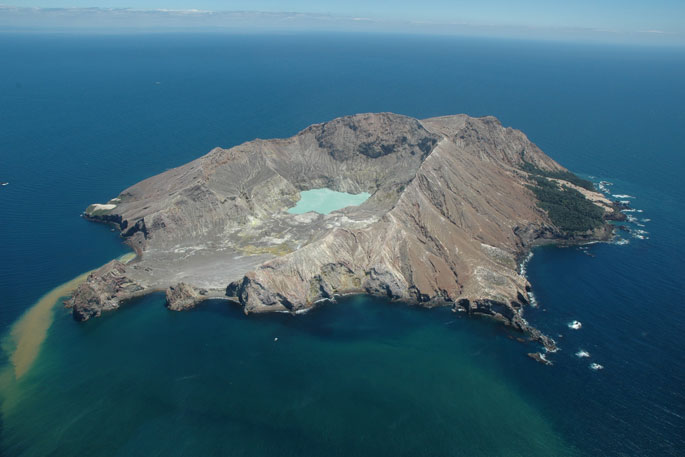 Whakaari/White Island in the Bay of Plenty Whakaari/White Island in the Bay of Plenty
|

